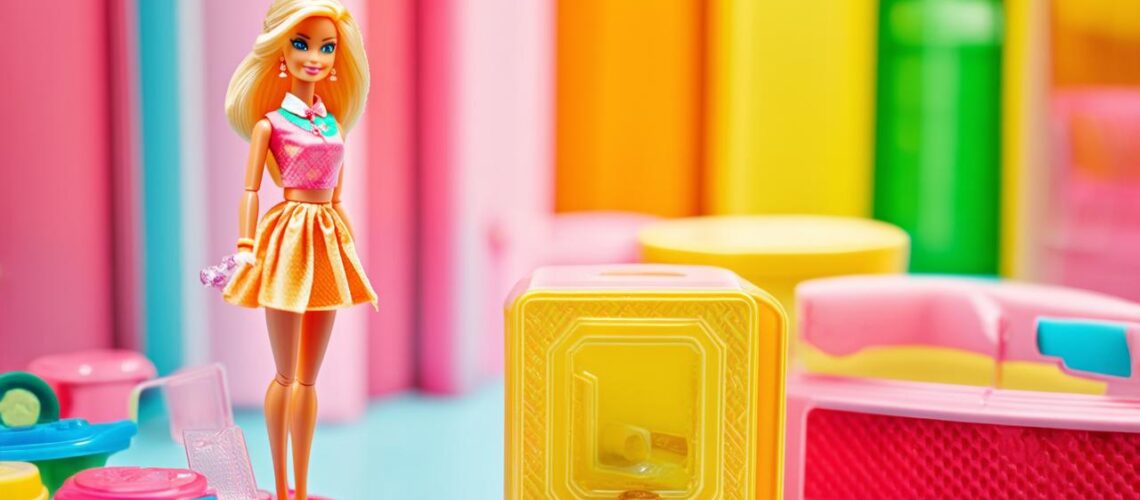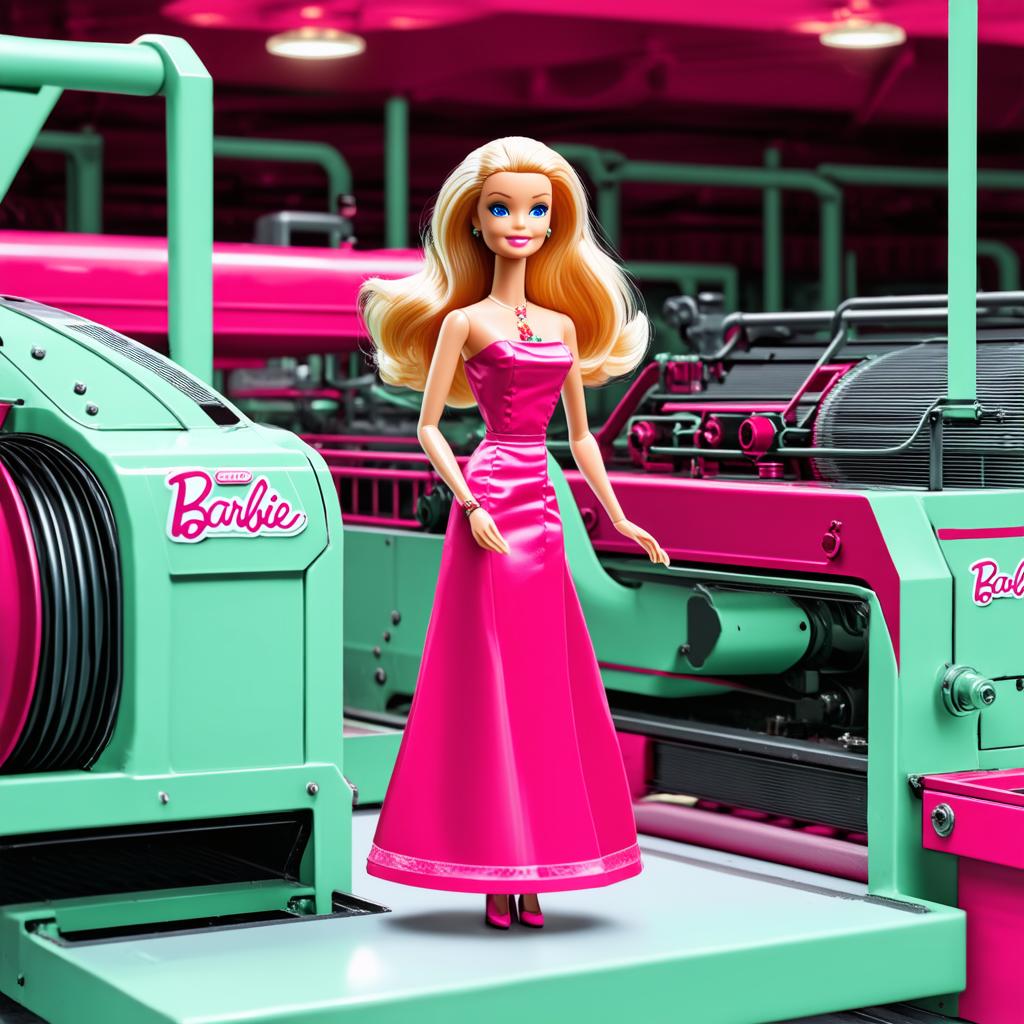Which company manufactured Barbie?

Barbie is one of the most iconic toys in history, with its distinctive design and endless possibilities for imaginative play. But for company managers looking to make the most of this beloved brand, the question arises: which company actually manufactures Barbie? The answer may surprise you.
The History of Barbie
Barbie was first introduced by Ruth Handler, an American businesswoman, in 1959. At the time, she was a student at San Diego State University, studying psychology and art history. She noticed that many young girls were struggling with body image issues, feeling pressure to conform to societal beauty standards. In response, she created a doll that would allow children to explore different roles and identities in a safe and fun way.
The original Barbie was a fashion model doll, with blonde hair, blue eyes, and a slim figure. She quickly became popular among young girls and their parents, who appreciated the endless possibilities for imaginative play and storytelling. Over the years, Barbie has evolved to include a wide range of body types, ethnicities, and occupations, reflecting the diverse world we live in today.
The Companies Involved in Barbie’s Production
For much of its history, Barbie has been manufactured by Mattel, an American multinational toy company based in El Segundo, California. Mattel acquired the rights to produce Barbie in 1960, just one year after its introduction, and has continued to be the primary manufacturer of the brand ever since.
However, there have been instances where other companies have been involved in the production of Barbie. For example, in the 1970s, a company called Ideal Toys produced a line of Barbie dolls that were marketed as “adult” dolls, with more realistic features and clothing. These dolls were not as popular as the standard Barbie dolls, but they did pave the way for future innovations in Barbie’s design and marketing.
In recent years, there have been rumors that Mattel may sell its rights to produce Barbie to another company. However, as of now, Mattel remains the primary manufacturer of the brand, with no plans to change this arrangement.
The Current State of the Barbie Market
The Barbie market is still going strong, with sales continuing to rise despite competition from other popular doll brands like Action Man and Monopoly. In 2019, Mattel reported that it had sold over 1 billion Barbie dolls worldwide, generating revenue of $3.7 billion.

One factor contributing to the continued popularity of Barbie is its ability to adapt to changing trends and cultural norms. For example, in recent years, Barbie has introduced more diverse dolls that represent a wider range of ethnicities, body types, and occupations. This has helped the brand to stay relevant and appealing to new generations of consumers.
In addition to its popularity among children and young adults, Barbie has also become a cultural icon, with references to the brand appearing in everything from movies and TV shows to fashion and music. This has helped to create a strong brand identity that is easily recognizable and highly valuable.
Implications for Company Managers
For company managers looking to invest in Barbie, there are several key takeaways from this guide. First, it’s important to understand the history and evolution of the brand, as well as the various companies that have been involved in its production over the years. This will give you a better sense of where the brand is coming from and what its future prospects might be.